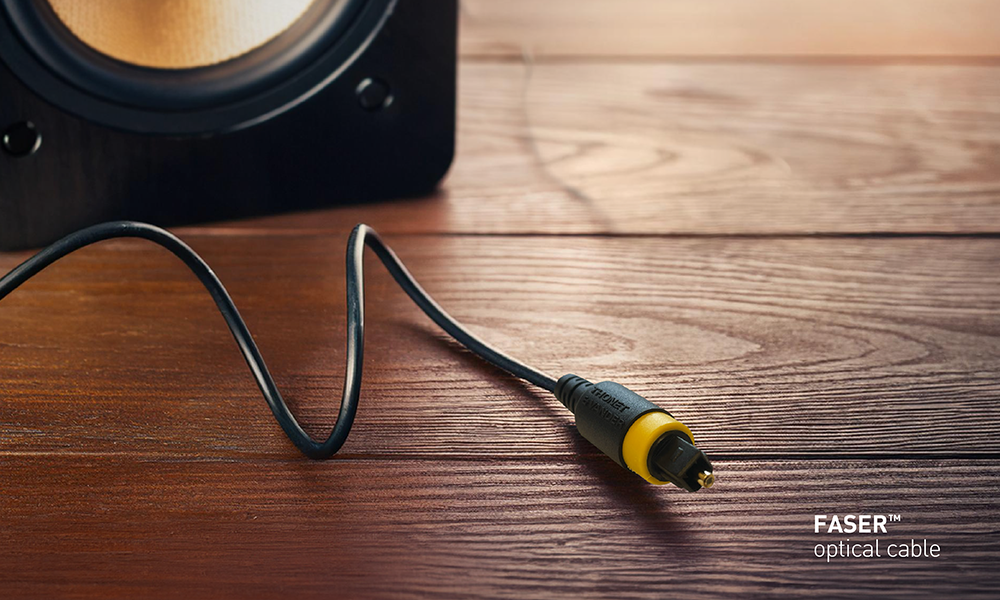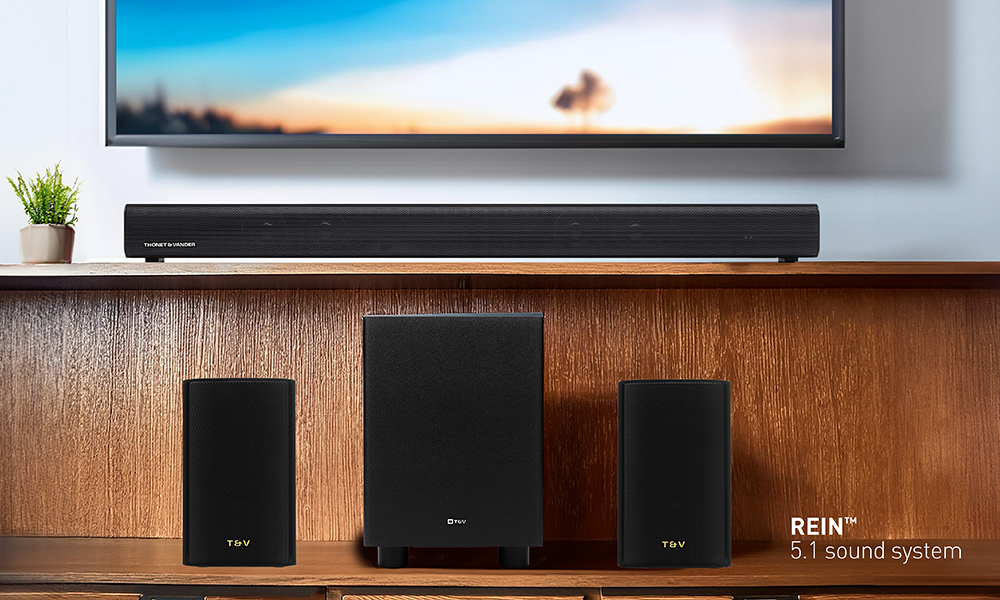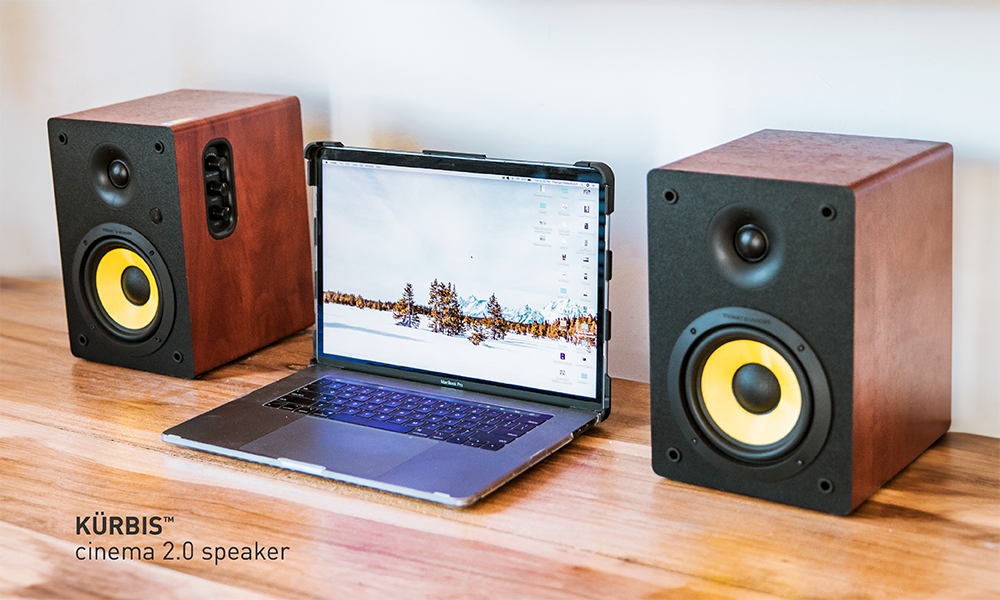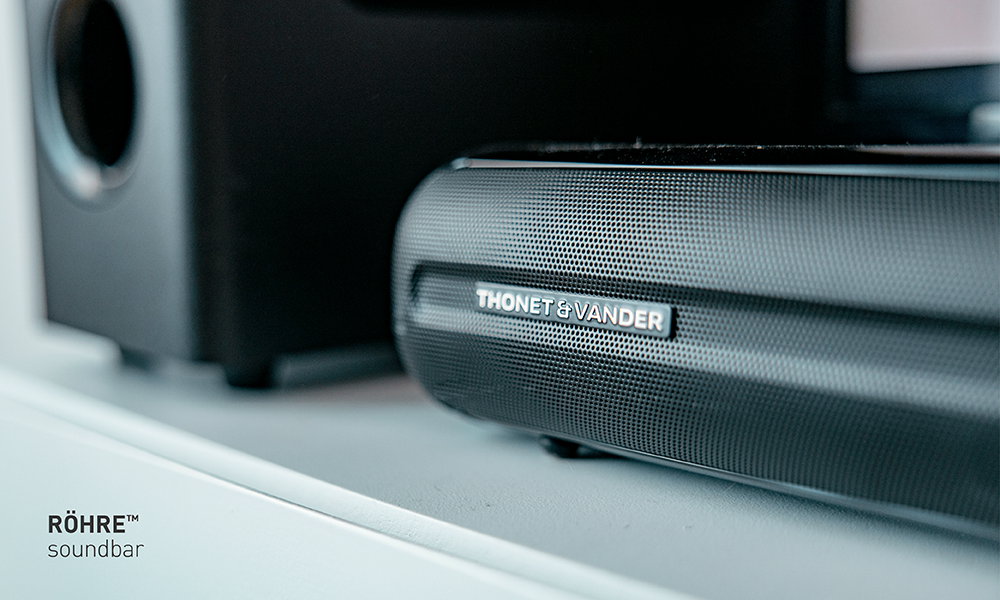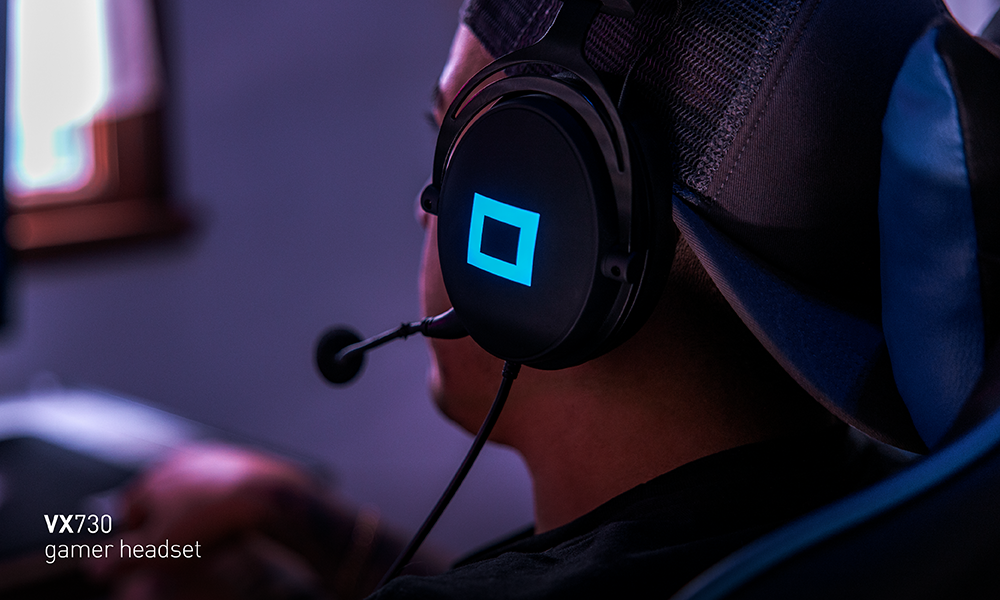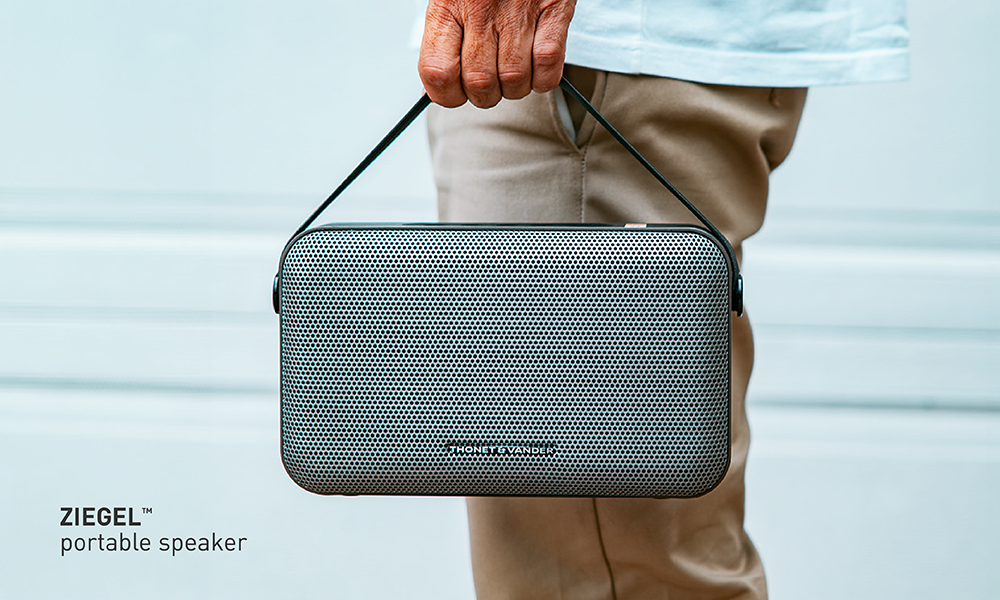The digital optical audio cable represents one of the greatest advances in the connection of home electronic equipment and is capable of generating high quality sound. It represents a new use for fiber optics, used in the world of telecommunications. It is recognized for its technical superiority over connections based on analog cables, currently used to connect 2.0 speakers, sound bars and home theater systems, among others.
For years, home audio equipment was connected with RCA (red and white) cables.
Given the public's demand for higher quality audio signals, the idea of using fiber optics arose to improve the quality and speed of data transmission in sound equipment.
Digital optical audio cable is an optical fiber that uses intermittent pulses of light to transmit a digitally encoded audio signal.
It is capable of transmitting light beams emitted from an LED cell in the emitting equipment, which are read by a photocell in the receiving equipment. For example, your Smart TV would be the transmitter and your sound bar would be the receiver.
The sender encodes the sound data into intermittent beams of light, which will be decoded by the receiver and converted into magnetic waves and sound.
In a short time it was adopted as a digital optical connection standard by the world's leading electronic companies, used in conjunction with S/PDIF connections, inputs that currently include sound bars, 2.0 speakers, Bluetooth speakers and home theater systems.
Fiber optic cables for audio are made up of a core made of a transparent resin and an outer layer or opaque coating.
The light entering at one end of the cable travels through its transparent core practically without loss, since the refractive index of the core is higher than that of the coating.
When a light signal is introduced at one end, the light will be reflected and will bounce again and again at an angle in the core and thus travel through the cable, carrying the information contained in the signal to the other end.
The invention of the digital optical audio cable represented a qualitative leap in the transmission of digital information between source and receiver in the world of audio and video and since 2004 it became increasingly common as an audio output of Smart TVs and input audio from sound bars, home theater, 2.0 speakers and other similar systems. Even many portable speakers or Bluetooth speakers also have an SPDIF optical audio input.
They are also widely used in computers for gaming or video editing connected to powerful 2.0 speakers or home theater systems.
While in more recent times priority has been given to using the HDMI format to transfer data between video and sound sources, the optical cable remains the best preferred option for millions of people who do not own televisions or systems with HDMI and want to enjoy high quality audio.
At Thonet & Vander we have developed the Toslink Faser digital optical cable, which guarantees high quality sound fidelity.
Likewise, we also have 2.0 speakers, home theater and sound bars, which in addition to the well-known line inputs and Bluetooth connectivity, include SPDIF optical input, so you can enjoy the sound from your Smart TV with the best quality and definition.
